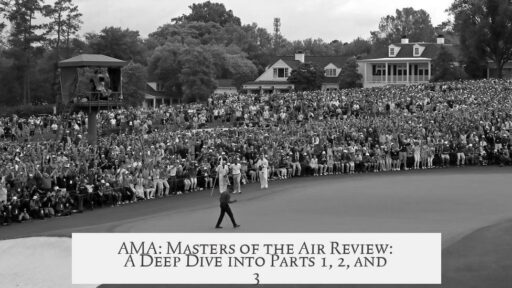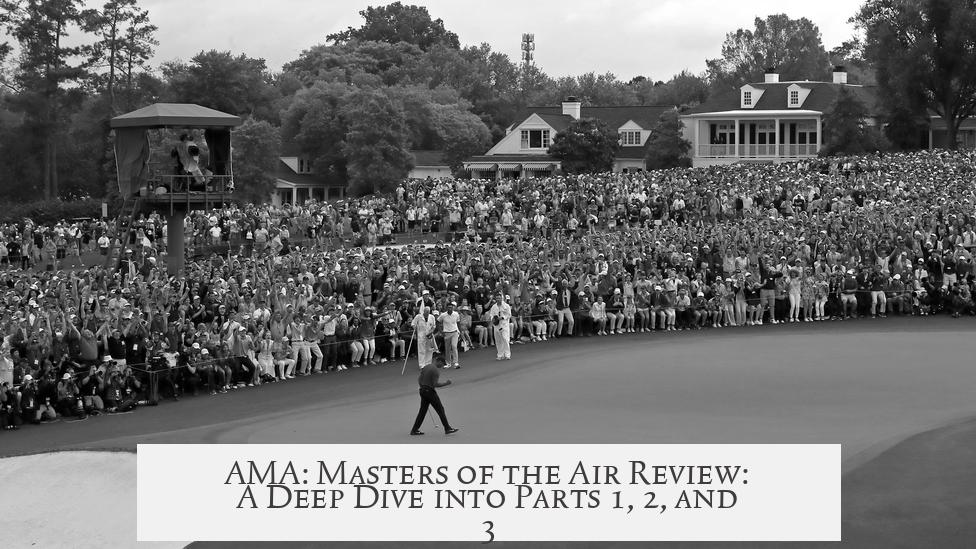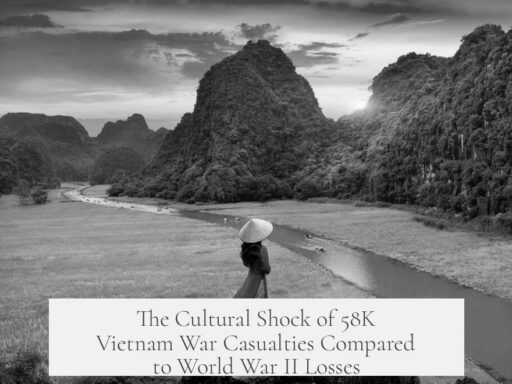“Masters of the Air,” Parts 1, 2, and 3, depict the intense air war fought by the U.S. 8th Air Force’s 100th Bomber Group over Nazi-occupied Europe, focusing on strategic bombing campaigns and the human experience within these missions.
The series, produced by Tom Hanks and Steven Spielberg for Apple TV+, traces the group’s arrival at an RAF base in East Anglia and their participation in significant and perilous bombing missions. Episode 1 introduces leaders like Majors Gale Cleven and John Egan, setting the stage for grueling battles. Episode 2 highlights a mission targeting German U-boat pens in Norway, emphasizing navigation challenges. Episode 3 showcases the largest mission to date, including the Schweinfurt-Regensburg raid against vital aircraft factories deep in Germany.
The show offers detailed portrayals but also invites questions about technical accuracy and historical context.
- Air-to-Air Rockets in 1943: During World War II, air-to-air rockets were rare and unguided, which made hitting fast-moving bombers difficult. While episodes show Nazi fighters attacking bombers with rockets, this weapon was not commonly used. Its accuracy was limited, requiring close range and luck.
- Damaged B-17 Incident: A rumored event cited by Harry Crosby alleges that damaged B-17 gunners shot down Luftwaffe escorts after a surrender signal, violating wartime conduct and souring relations. However, this remains anecdotal and possibly apocryphal, representative of wartime rumors rather than confirmed facts.
- Navigation Evolution: Pre-war aerial navigation was basic with limited instruments. Early in WWII, crews faced navigation issues coordinating the large bomber formations and fighter escorts. Over the war, improvements like radar, refined maps, and more sophisticated crew training enhanced precision and mission success.
- Fighter Escort Visibility: Throughout the series, viewers note a lack of visible fighter support. Historically, escorts operated at formation perimeter or further out to intercept threats early. They were often integrated but not constantly visible alongside bombers, focusing on minimizing bomber losses.
- Accuracy vs. Dramatisation: The show balances dramatic narrative with factual events. Certain combat sequences and personal interactions are heightened for effect, but strategic missions, aircraft procedures, and key moments remain faithful to history.
- Friendly Fire Frequency: Given close bomber formations, friendly fire incidents occurred but were underreported due to chaos and stigma. Such incidents contributed to casualties but were not officially tallied comprehensively.
- Training Differences: Fighter and bomber pilot training differed. Fighters required quick reflexes and dogfighting skills, while bomber pilots focused on formation flying and crew coordination. Transfers from fighter training to bombers could occur due to pilot shortages. This was not necessarily a demotion but a different role.
- Ball Turret Effectiveness: The B-17 and B-24 used ball turrets to bolster defensive coverage, improving survival odds. RAF favored aircraft performance over such turrets. A more effective lower turret might have enhanced RAF heavy bomber defenses.
- Cold Weather Injuries and Bombing Accuracy: Exposure to extreme altitude cold caused frostbite and muscle injuries, reducing crew effectiveness and increasing attrition. Daylight raids, guided by Norden bombsights, aimed for precision but still experienced variable accuracy due to weather and enemy defenses.
- Crew Dynamics and Roles: Crews typically included archetypes (navigator, bombardier, ball turret gunner). Expressions like “peanut butter, peanut butter, jam!” could be euphemisms avoiding profanity. Ground crews shared close bonds with local civilians, often allowing informal interactions around bases, unlike stricter portrayals.
- American War Strategy Critiques: The U.S. strategic bombing campaign had flaws such as underestimating enemy repairs and overreliance on technology like the Norden bombsight. Some missions involved high casualty risks with questionable returns, often overshadowed by narratives of heroism.
- Daylight vs. Nighttime Bombing Debate: The show reflects real disputes. British night bombing reduced crew losses but limited accuracy. American daylight raids favored precision at greater risk. Both had merits but no clear consensus on superiority.
- Bomb Load Disposal: Bombs were jettisoned over water when targets were obscured or missions aborted to avoid landing heavy, ensuring safer aircraft handling and preventing accidental damage on base.
- Logistics for Foreign Aircrews: Supplying US forces in Britain strained resources but was managed through coordination with British allies. Airbases adapted quickly to handle increased personnel, fuel, and maintenance demands.
- Exclusion of Beirne Lay: The omission of Lay, key in the Schweinfurt-Regensburg mission’s recognition, appears a narrative choice that may focus on other viewpoints or character arcs.
- Crew Reactions to Civilian Targets: The series omits missions like the controversial Münster raid, which affected crew morale due to civilian casualties despite military justification.
- Integration with Allied Forces: American forces largely operated independently, with limited mingling with British or Canadian units, reflecting distinct command structures and operational doctrines.
- German Aircraft Evolution: Early Luftwaffe fighters like Bf 109s and Fw 190s feature prominently. Future episodes may include jets like the Me 262 and specialized units, reflecting historical progression.
- Ball Turret Hazards: The confined ball turret posed high risk, causing many casualties, including mechanical failures trapping gunners. Such dangers are portrayed realistically in the series.
- Reliance on Norden Bombsight: The U.S. heavily promoted the Norden for precision bombing, but similar devices elsewhere offered comparable accuracy. Its importance was elevated for morale and strategic justification despite mixed actual performance.
- Radio Communication Challenges: Despite radios, pilots sometimes lacked situational awareness due to signal interference, call sign confusion, and operation stress.
- American GI Tattoo Culture: Tattoos were common among GIs, symbolizing identity, experiences, and camaraderie. These were often self-administered or done by fellow soldiers.
- Aircrew Evading Capture: Crews who evaded capture and returned were typically sent back on missions, viewed as fortunate but expected to continue duties.
- Survival Odds: Survival for bomber crews was perilous; completing a full tour (~25 missions) was exceptional due to high casualty rates.
- Enemy Tracking Techniques: Besides visual, enemies used radar, radio interception, and ground observation posts to track allied aircraft movements.
- High Command’s Risky Missions: Some missions were near-suicidal but approved to disrupt German industry. Commanders sought to balance risk and strategic gain despite heavy losses.
- Pilot Ranks and Crew Composition: Not all pilots were majors; many were lieutenants. Higher-ranking officers occasionally flew combat missions or commanded formations. Crews were fixed-size, occasionally leaving members on base during missions.
“Masters of the Air” accurately portrays many historical details, while dramatizing personal stories. It highlights the bravery and hardships faced by bomber crews. Areas such as tactical decisions, technology use, and interpersonal dynamics reflect complex realities of the air war.
| Key Takeaways |
|---|
|




